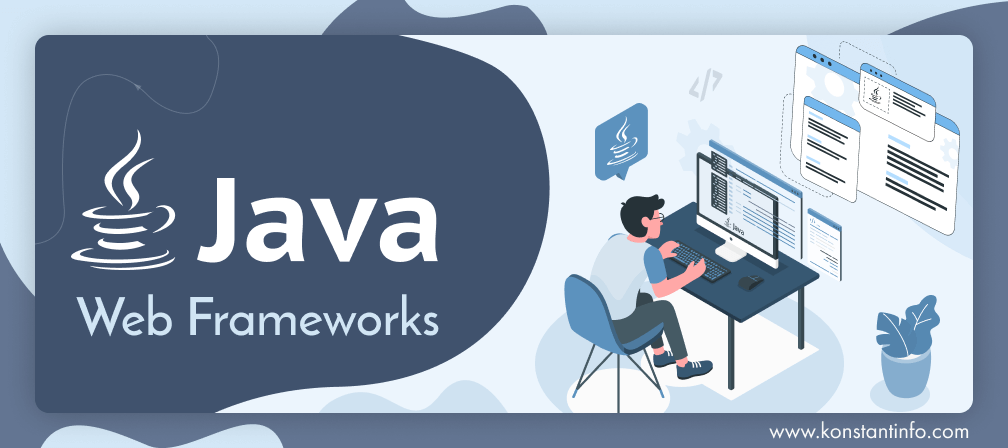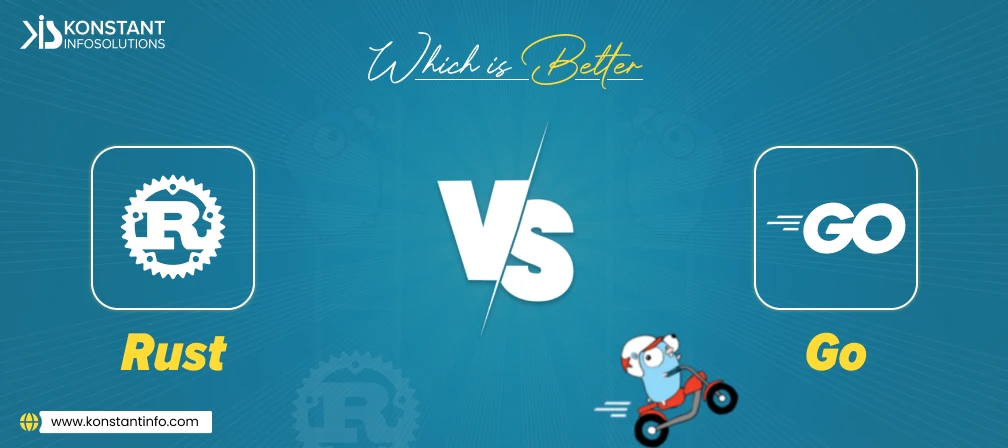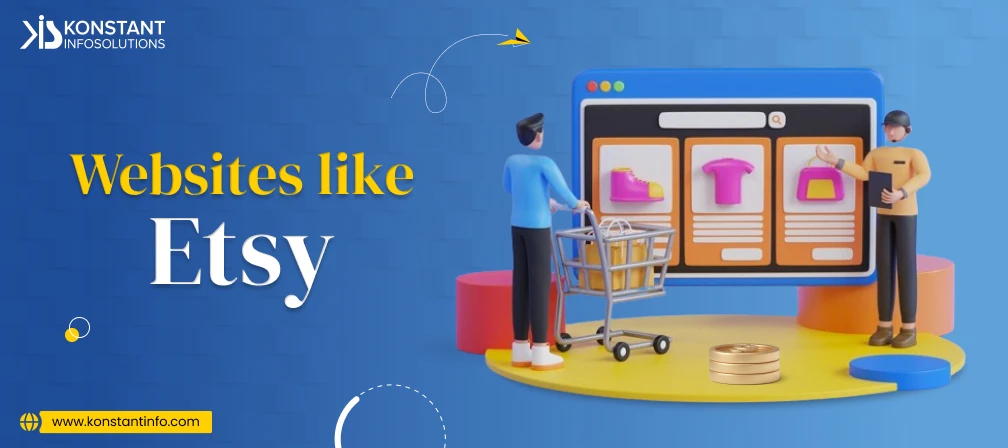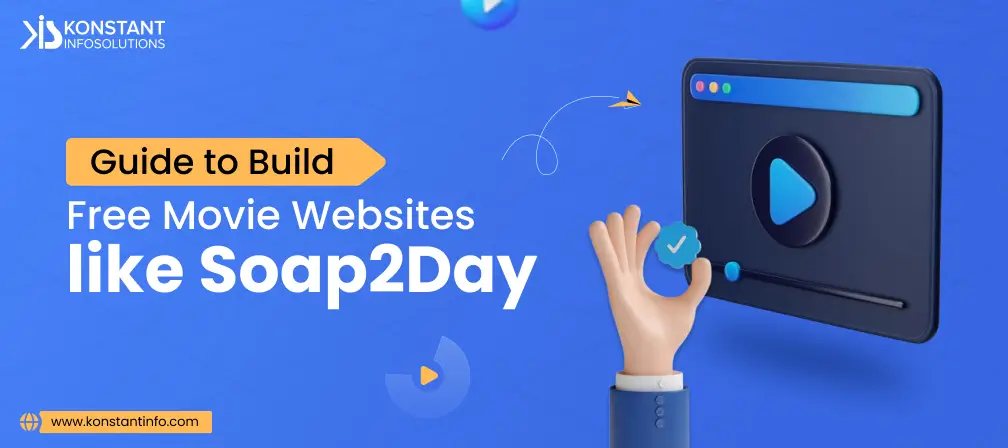
Table of Contents
Java web development is looked upon as a great way to build highly scalable and secure projects. More so, when the product idea you have in mind is pretty vast in terms of application and offerings and is meant to deliver solution to a large number of people. And when you are in that tangent of requirements, you can’t reach a comprehensive solution just by going with the core solutions and need to enrich your range of development with the help of Java web frameworks.
Talking of that, here are the top Java frameworks you should go with:
One of the most popular web frameworks of the lot is Spring MVC that is layered with J2EE/ Java and implements dependency injection (DI) using XML configuration or annotations. It is a comprehensive Model-View-Controller execution that extensively follows paradigms and patterns and offers a separate front organizer servlet that is known as DispatcherServlet. Apart from this, Spring MVC is known for providing enhanced modularity, simplified injection, flexibility of use of DI, among other commendable operational features.
An ideal component-oriented UI framework backed by Oracle, JSF is a part of Java EE platform. For developers, this means that they can build apps without adding or referring to any extra libraries for the project. The best part is it is delightfully extensible and has two key functions to support this factor – It generates a user interface and responds to user generated events.
An open-source project started by Apache, Struts is all dedicated to creating, MVC based web apps. It allows you to explore features that help you map queries and help you work regularly for processing requests and prompting responses based on the views. With Struts, you can have a great control over handling Internal organization architecture along with modular development and integration.
Google Web Toolkit (GWT) lets developers to build and maintain intricate JS front-end applications. It puts up with reusable methods for web development. UI abstraction, bookmarking, history management, and cross-browser portability are some of the key functions that you can do with great ease with Google Web Toolkit.
Another celebrated object-oriented tool mostly used for mapping in Java. The framework is available for free under the GNU lesser general public license 2.1. Among many features that Hibernate offers the most important ones are extensive interaction with database, advanced caching instrument, DB independence, low risk of data loss and less power usage.
Related: Top 5 Trending Web Development Frameworks In 2018
Play is a great framework to go with as a Java web development company that is looking to develop modern business solutions. Loaded with features, this tool allows you to work on a platform that is based on extremely light-weight and web-friendly architecture. It is designed to serve the needs of advanced applications and is highly reliable to work on expansive projects.
The application is highly beneficial for internet apps and features server-side architecture. The major upsides of using Vaadin are it offers a fine range of plug-in support and comes with layout, listeners and component types that make it really resourceful as a Java web development tool and allow it to offer great flexibility and control to developers. Besides, easy integration with the Spring framework is another major benefit it comes with to help it make it to the list of Top Java Web Frameworks of 2017.
Designed by Java officials with the objective of making Servlet/JSP based web app development in Java, Stripes is highly followed and trusted framework in the Java web application development space. The best part is it is highly easy-to-use and extremely intuitive in its offerings. Which makes it so popular among people who are still in their early learning and application phases.
Apache Wicket makes it to the top 10 Java web frameworks as it is highly user-friendly to work with and you don’t need to have distorted HTML pages while approaching a solution with the framework. Initially written by Jonathan Locke in April 2004, the light-weight component-based framework evolved with time to offer simple flow-of-control and easy code reuse which really makes it so popular among developers.
Grails is a great way to deal with small and medium size projects. It is highly easy to do documentation with the kind of approach Grails puts up with. Further, it allows you to multiply your productivity as a Java developer using opinionated APIs, convention-over-configuration and sensible defaults – making it highly easy for you to work with different development choices in your realm of utility and benefits.



Manish Jain is the co-founder and Managing Director at Konstant Infosolutions. He is responsible for the overall operations of the company and has played a major role in bringing Konstant up from its humble beginnings and, with his immense energy and drive, transforming it into a globally trusted name in IT solutions.
Or send us an email at: [email protected]